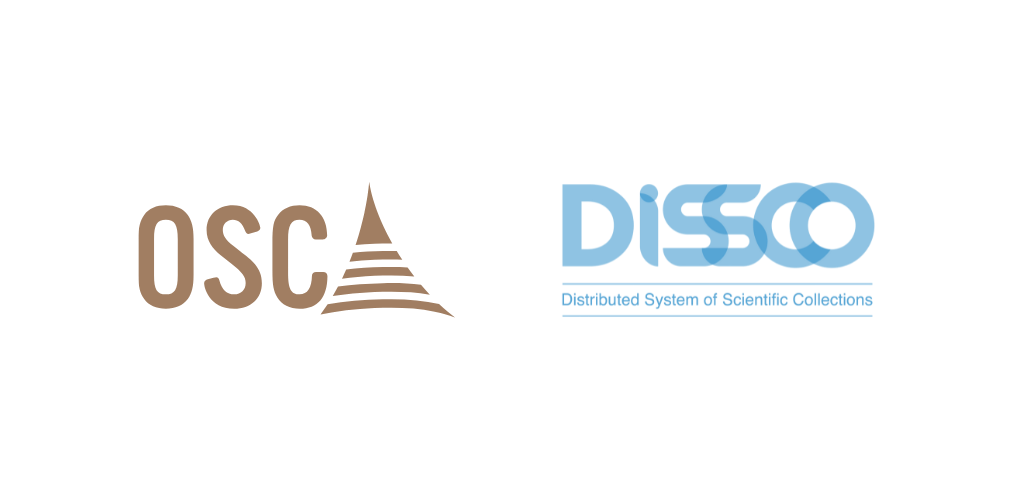
A strategic boost to European collaboration: LifeWatch ERIC warmly welcomes Austria’s integration into DiSSCo via OSCA. This national-level mobilisation is a model of how local strengths can be federated into a European knowledge system for biodiversity and ecosystem research. Natural History Museums and Botanical Gardens form undoubtedly the largest Research Infrastructure in Europe. The added value their specimens and their research products they take from joining Research Infrastructure is huge and it provides a serious return to the countries and societies invested in them.
- Complementary missions, shared vision: DiSSCo’s work in digitising and harmonising specimen-based collections can be used in combination with LifeWatch ERIC’s focus on ecosystem-level observations, Virtual Research Environments (VREs), and computational workflows. Together, the two Research Infrastructures can cover a large spectrum from specimen or individual to system.
- Enhancing synthetic knowledge production: With DiSSCo offering curated, voucher-based data, the synergy with LifeWatch ERIC, which provides semantic interoperability, cross-domain analytics, and modular service composition, synthetic knowledge, that is, integrated, cross-scale, and policy-relevant is created. This alone is a big leap to shaping the science of the future and the training of younger generations becomes a must in order for the countries to receive the full benefits from such concerted research practices.
- One Health and Environmental Intelligence: We echo DiSSCo’s focus on the UN’s One Health Framework. LifeWatch ERIC’s ecological observatories, data repositories and analytical services and DiSSCo’s curated collections form a powerful foundation for early warning systems on animal diseases, assessments of zoonotic risks, and biodiversity severe change.
- Infrastructure alignment and EOSC integration: LifeWatch ERIC supports DiSSCo’s alignment with EOSC, open science principles, and digital twins. Our joint efforts enhance FAIR data flows, reduce fragmentation, and increase reuse of biodiversity knowledge for research and innovation. DiSSCo’s continuous support to FAIR Data Objects (FDOs) forms a good example for the remaining Research Infrastructures dedicated on the Biosphere of the ENVRI Science Cluster in EOSC ecosystem.
- Pooling resources and building capacity: Like DiSSCo, LifeWatch ERIC believes in shared platforms, training pathways, and economies of scale across Europe. Our collaboration offers smaller institutions access to best-in-class tools, methods, and community practices.
- Reinforcing the European Research Area: OSCA’s connection to DiSSCo and, by extension, to the ENVRI cluster strengthens Austria’s role in the ERA. Together, we foster a cohesive and agile infrastructure ecosystem serving science, policy, and society.